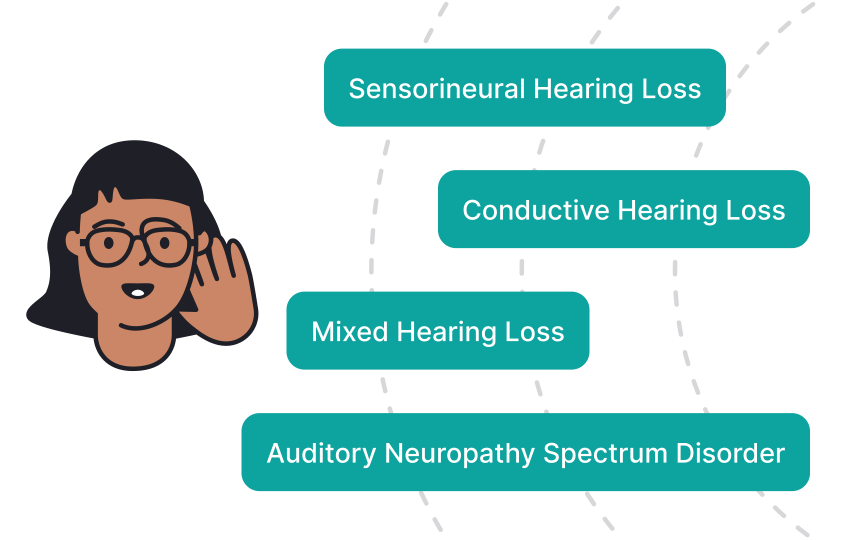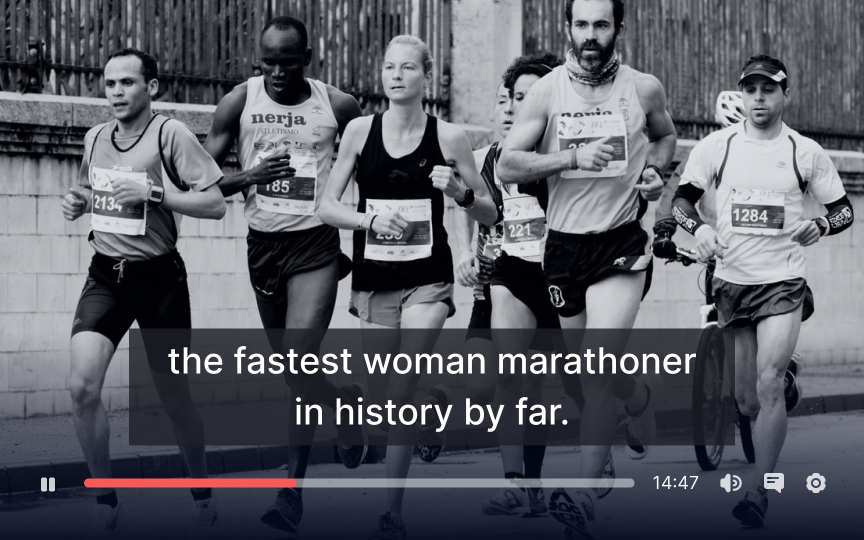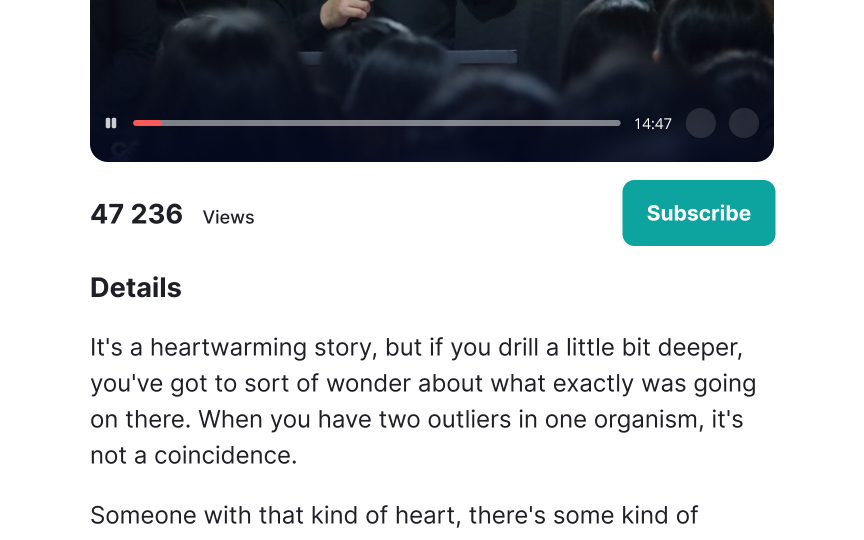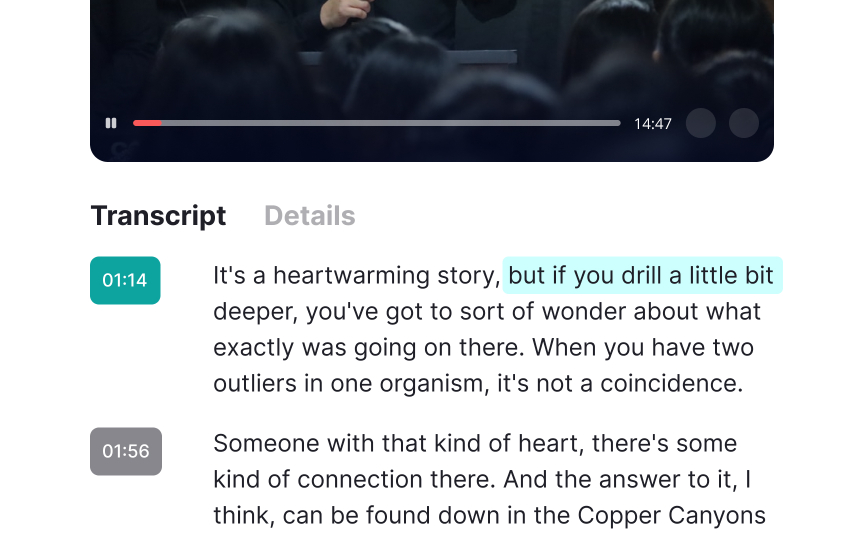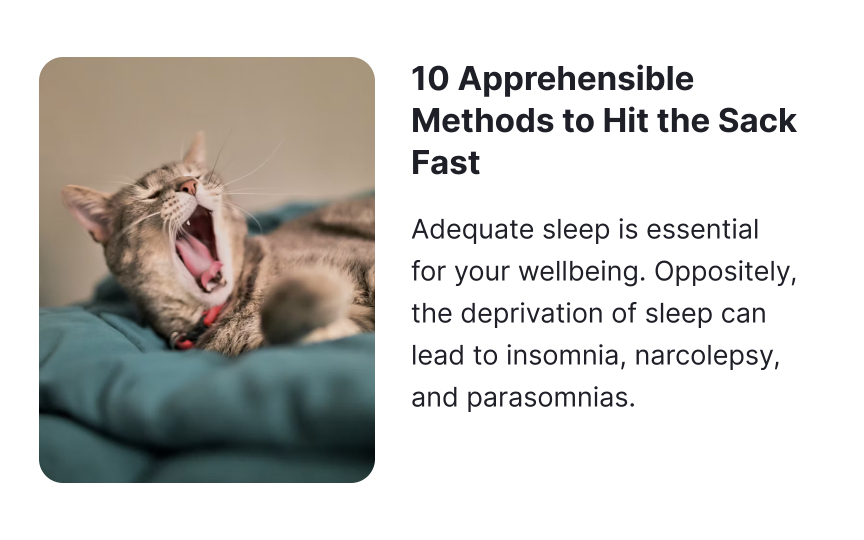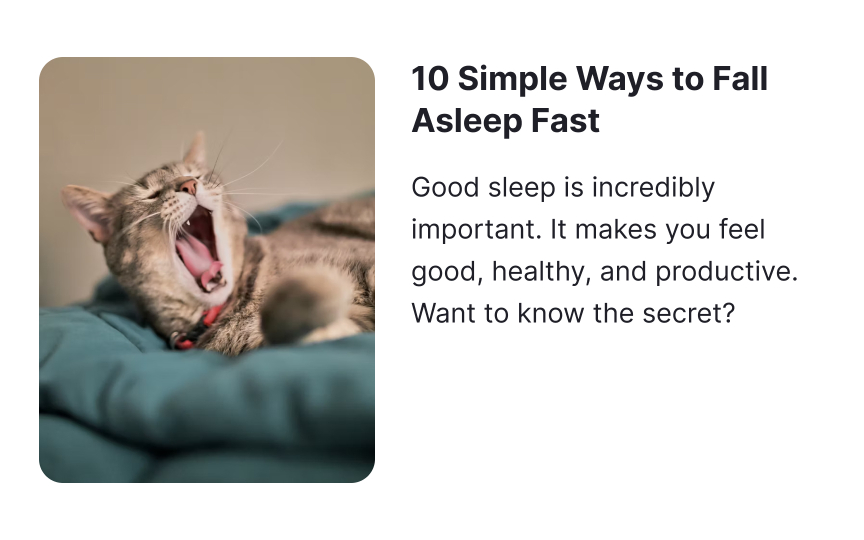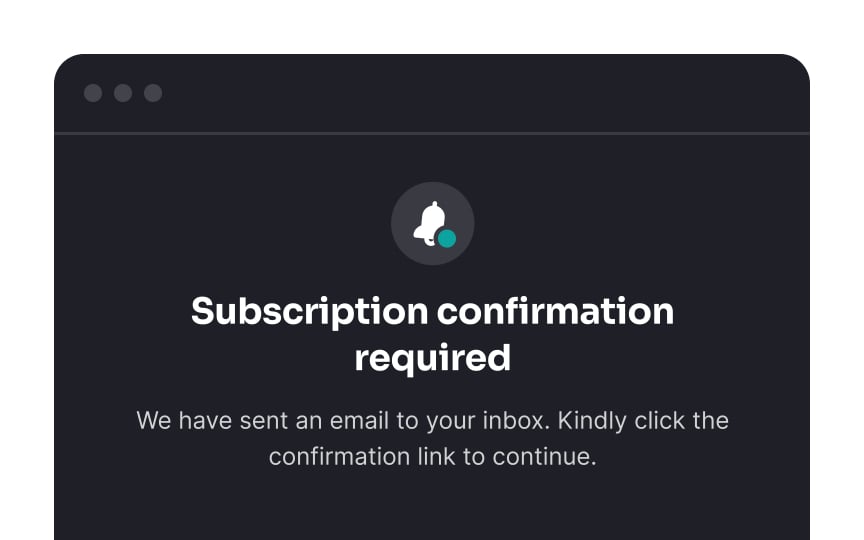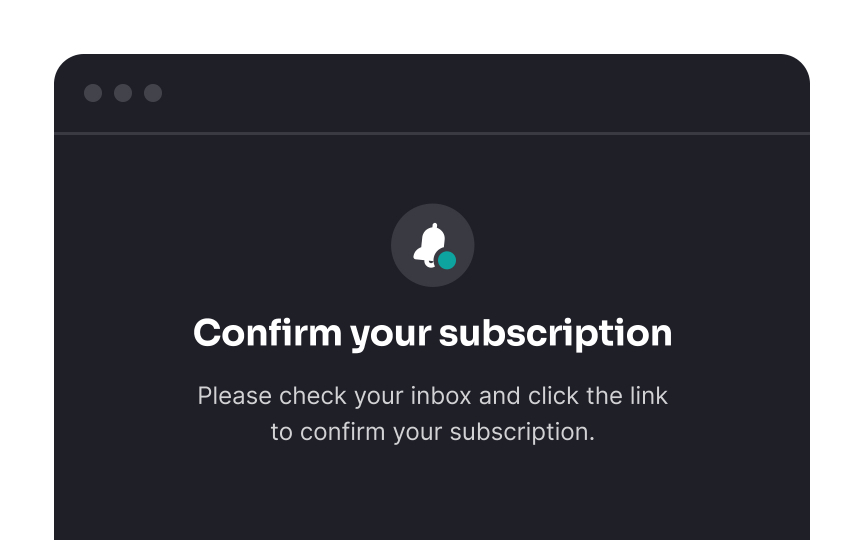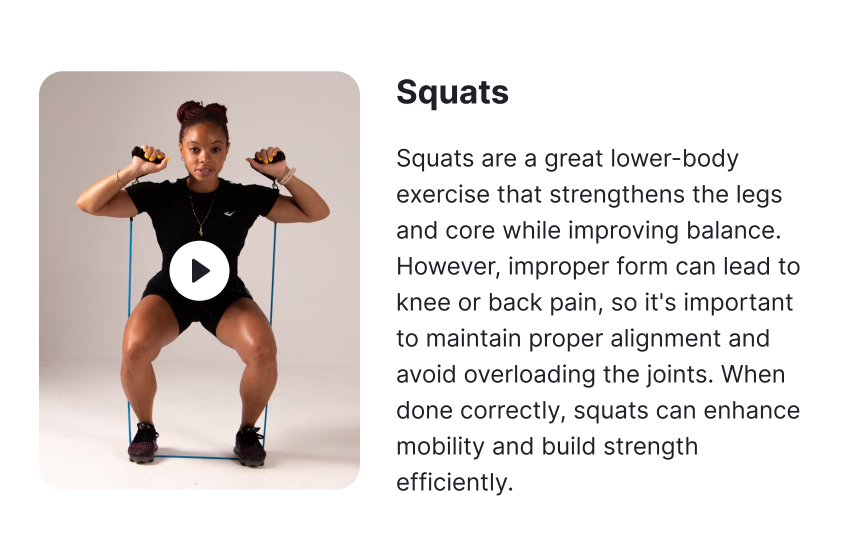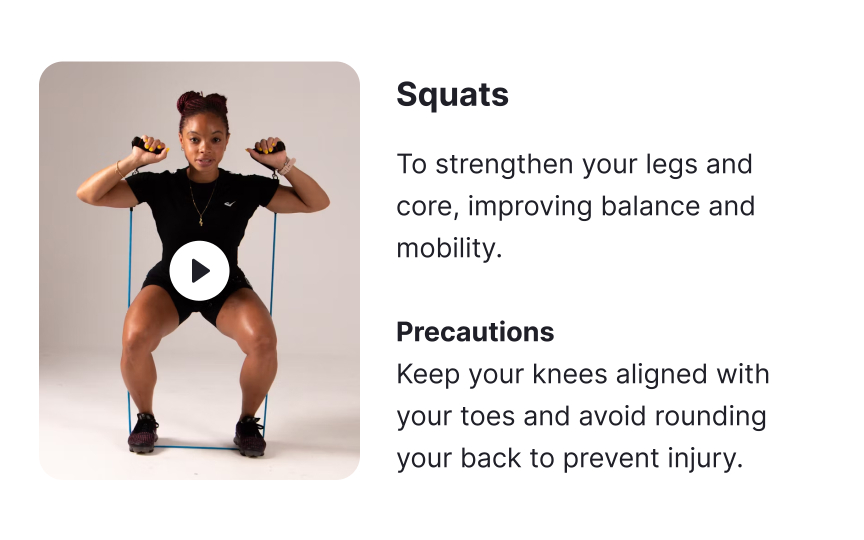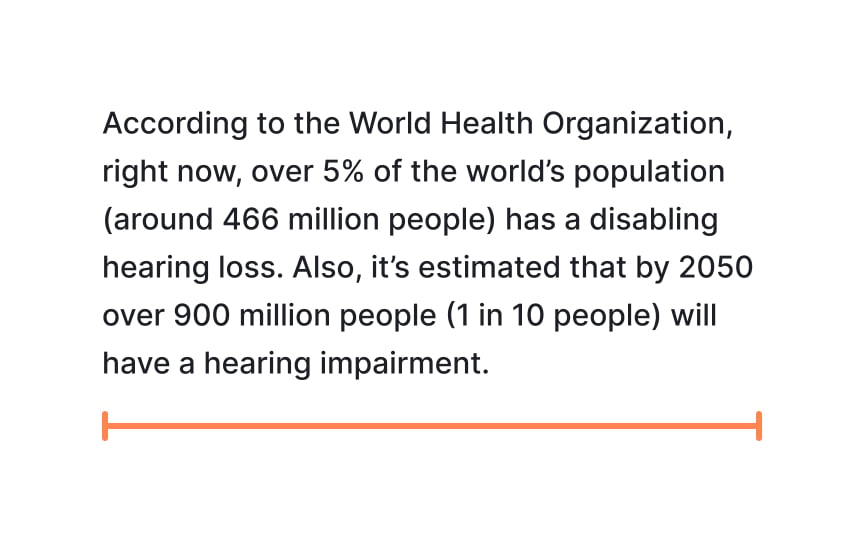Designing for Hearing Impairments
Go over the most common hearing disabilities and how to design products that work for people afflicted by them
The World Health Organization identifies that around 6% of the world's population (~466 million people) has disabling hearing impairments.[1]
Unfortunately, some developers and designers still assume that people with hearing disabilities don't have much trouble accessing web content because they can see images, read text, and use a mouse.
To prove them wrong, think of websites that provide educational and entertaining video or audio content. Let's learn a few easy steps to improve your accessibility and turn your website into a place welcoming to all users.
Hearing may seem like a simple process, but a sound takes a long trip through various parts of the ear before it reaches your brain. Even if one part of the ear is damaged, you experience hearing difficulties.
There are 4 types of hearing loss:
- Conductive hearing loss occurs when sounds cannot pass through the outer and middle ear.
- Sensorineural hearing loss results from inner ear damage. People struggle to hear soft sounds with both of these types, while louder sounds get muffled.
- Mixed hearing loss is a combination of the first two types.
- Auditory neuropathy spectrum disorder occurs when the sound passes the inner ear but doesn't reach the brain. Individuals may hear sounds but struggle with recognizing spoken words.
The most common reasons that cause hearing disabilities include genetic disorders, injuries to the head or ears, complications during pregnancy or birth, infections, medications, or even loud noise.
When developing
Ultimately, it's the most effective way to make multimedia content accessible to all users. Captions allow viewers who are hard-of-hearing or live with hearing loss to watch a video without losing track of the plot. Not to mention the advantage for people without hearing disabilities who watch videos on their phones in public with the sound off.
Pro Tip: Provide the opportunity to turn captions on and off for other users who may not always need them. Make sure the button is easy to spot.
Transcripts are similar to captions and represent a text version of a video or audio but usually go underneath it as a separate resource. Plus, you can translate transcripts and present them in as many languages as your audience may need. From an
The best practice of transcripts is to highlight each word the speaker pronounces so that users can keep up with the speech. However, transcripts are also beneficial for all people. For example, they allow users to consume the content at their own pace and make notes without time limits.
Pro Tip: Transcripts can drive your site SEO. They enable search engines to examine text representation of video content in greater depth and include many secondary and tertiary keyword phrases.
Writing always matters, regardless of your audience. Using plain language is especially important for people with dyslexia, low vision, and hearing disabilities, as well as those for whom sign language is their first language. It may be incredibly challenging for them to read in a foreign language and keep up with the captions' pace.
So what does it mean to write plainly?
- Use short and common words
- Write in simple sentences (15-20 words), aiming to include one idea per sentence
- Active voice should make up 80-90% of your verbs
- Cut off jargon and slang that increase cognitive load
- Use lists and paragraphs
Pro Tip: Nielsen Norman Group recommends writing at a 6th- to 8th-grade reading level (ages 11-14) for a general audience, which will also benefit users with different disabilities, including hearing loss.[2]
One of the
This practice makes the text look more digestible and easy to read, especially for people who mostly speak sign language and consider English their second language.
Lengthy, wordy sentences may throw anyone for a loop, not to mention people with hearing disabilities. As many of them use sign language as their first language, complicated and long paragraphs will make it impossible for them to consume video
Try to stick to one main idea per paragraph, and don't forget to include a clear topic sentence. For example, instead of presenting pros and cons within the same section, split them into two, making sure they logically follow each other.
Long lines are hard to follow and read, especially for people with cognitive, visual, or hearing disabilities. However, short lines are hard to read, too, as they look abrupt and have large gaps at the end of each line. So, what's the sweet spot? WCAG 2.2 considers 45-75 characters per line acceptable and approximately 66 characters per line comfortable.
References
- Plain Language Is for Everyone, Even Experts | Nielsen Norman Group
Top contributors
Topics
From Course
Share
Similar lessons

Intro to Accessibility

Inclusive Design Basics

